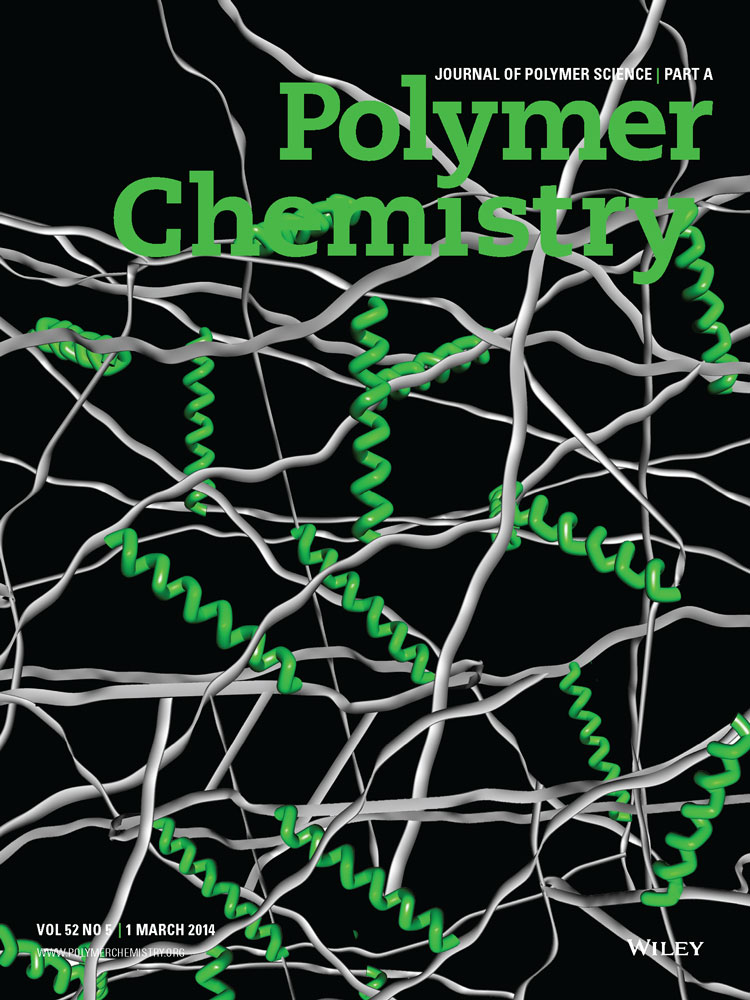Use of an isotactic-propylene/hexene copolymer as a new, versatile, soluble support
ABSTRACT
The use of isotactic-poly(propylene-co-hexene) (iPPH) as new polymeric scaffold for synthesis as well as a phase-selective, soluble polymer support for homogeneous catalysis is described. It was possible to functionalize olefin-terminated iPPH using standard organic transformations. Each derivative could be isolated and purified using typical precipitations into a minimum amount of polar solvent, negating the need for wasteful work up and chromatographic procedures. Furthermore, it was demonstrated that an iPPH-supported DMAP could serve as a recoverable, recyclable catalyst. Published 2013. J. Polym. Sci., Part A: Polym. Chem. 2014, 52, 600–605




